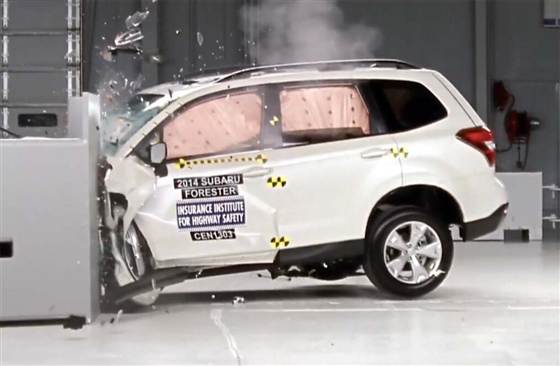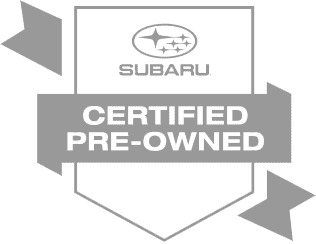
Your car is not just a pretty face -- it's what gets you to work, builds family memories, and keeps you and your loved ones safe out in the big world. How do you know a car is safe and reliable? You can't tell by looking at the vehicle -- you need some real data. That's where crash test results come in.
We often say that Subarus are the safest, and it's not just marketing
speak -- we have the data to prove it. The best place to look for car safety information is the
Insurance Institute of Highway Safety. While the government has their own
tests, the IIHS tests are kept up-to-date with renovations to replicate
real-world situations. If you think about the motivation behind these tests,
insurance agencies want cars to be safer so there are fewer bad accidents and
that their companies are kept profitable. While it's a business motivation, you
reap the benefits as a consumer as insurance companies pressure carmakers to
made advances in safety.
Here's a step-by-step guide to accessing and understanding
IIHS data:
- Go to the IIHS website.
- In the upper left corner, click on Vehicle Ratings
- Using the drop down menu, select the vehicle you want to research. For this example we'll use the 2014 Subaru Forrester. If you want to compare across a category you can select the category, type, and size of vehicle you're looking for to see a comparison of top picks.
- On the subsequent page for a specific make and model, you'll see a range of years with colored boxes with letters in them. Understanding that this is a history can help you understand what improvements the car as undergone and how far back reliable ratings go. For the example of the Forester, ratings go well back and show a strong history of safety with green Gs for good, the highest rating.
- To get the full details, read through each crash test analysis. For this example, click on 2014 Models under the Moderate Overlap test. Ratings are broken down into different body parts, which go into an overall score you see at the top of the crash test page. Pay close attention to these individual scores to understand what might happen in a crash. While a vehicle might receive a good rating, it might have a poor score in one subsection. The Forester received top marks in each body part category.
- The narrative below the ratings describes what happened during the crash test in greater detail with analysis of what can be expected to occur to a human body in the event of a real crash. While the Forester shows great results, don't be surprised when you look at other manufacturers and see things like "broken pelvis" or "severe rib fractures and internal organ damage." While the letter and color ratings are a good, quick gauge of what happened, reading through the details gives you an accurate understanding of crashes.
- On some crash tests there are videos available at the bottom of the page to watch what happened in the crash.
- Go back to the previous page for more options.





